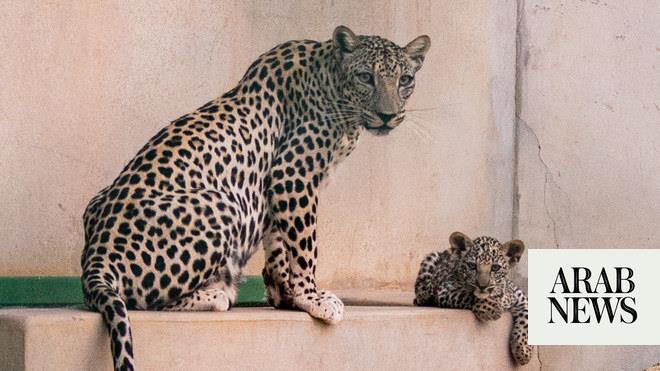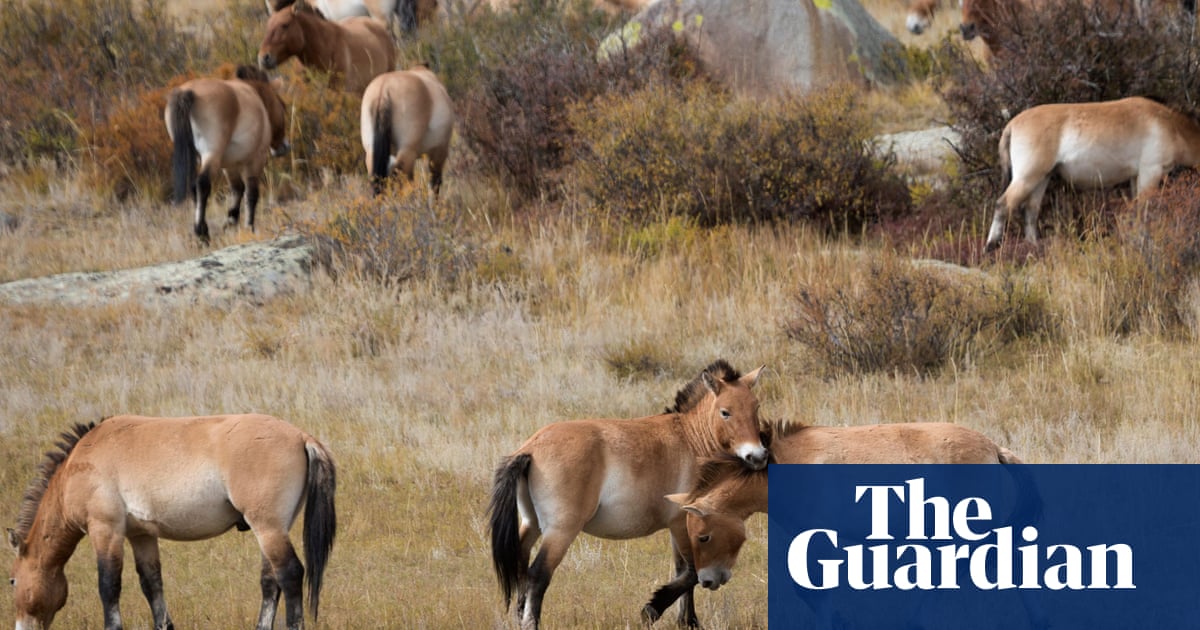
he greyish brown pygmy hog (Porcula salvania), with its sparse hair and a streamlined body that is about the size of a cat’s, is the smallest wild pig in the world, and also one of its rarest, appearing on the International Union for Conservation of Nature (IUCN) red list as endangered.
Named after the sal grasslands where they were first found, they once thrived in the lush plains of the sub Himalayas from Nepal to Uttar Pradesh. But today, there are thought to be less than 300 in the wild, in Assam, India.
The pygmy hog’s habitat has increasingly come under pressure from human encroachment, overgrazing and the clearing of land for agriculture. “The pygmy hog is the first to disappear when the habitat changes, unlike its cousin the wild boar which adapts well to changes in its environment,” says Dr Goutam Narayan, project adviser at the Pygmy Hog Conservation Programme (PHCP).
“Though we tend to focus on conservation of habitats for large iconic animals like the rhino, small animals like the pygmy hog are great barometers of habitat, and we should manage these eco-sensitive animals better. They draw our attention to even minute changes in the grasslands, much before the larger species,” he adds.
In the 1960s, the pygmy hog was thought to be extinct, before it was “rediscovered” by a tea estate manager in 1971. Early attempts to introduce captive breeding failed until 1995, when the PHCP was established by the Durrell Wildlife Conservation Trust, the IUCN Wild Pig Specialist Group, Assam’s forest department and India’s environment ministry.
The organisation set up a captive breeding programme with the aim of reintroducing the animals into the wild.
“The successful captive breeding started with six hogs caught in Manas reserve in Assam,” says Parag Deka, PHCP’s project director, a veterinary scientist who joined the programme in 1997 as an intern. “Reintroduction of the captive hogs into the wild began in 2008, with 16 pygmy hogs released into the Sonai Rupai wildlife sanctuary,” he adds.
At the PHCP’s Assam headquarters in Basistha, the animals are bred and eventually released into Orang, Sonai-Rupai, and Bornadi wildlife sanctuaries. Before they are released into the wild, the hogs are kept in a special facility for five months.
“The Durrell Wildlife Conservation Trust has experience of bringing back several species from the brink of extinction, like the Madagascar teal and the Rodrigues fruit bat, and sophisticated methods of captive breeding are followed, learning from the species and fulfilling their requirements in the wild,” says Deka.
“We make sure that the pygmy hogs live with minimal human contact, their supplementary diet is reduced to 15% and they learn to forage and build social relations with other hogs, before they are released into the wild. About 12 hogs a year are released.”
An omnivore that feeds on tubers, fruit, grass, insects, eggs and small reptiles, the pygmy hog is one of the few mammals in the world that actually builds a house – a shallow depression in the earth lined with vegetation and even a roof of branches.
Once reintroduced into the wild, however, keeping track of the hogs is no easy task. “They are extremely shy and elusive creatures and it’s almost impossible to sight them during field work,” says Narayan.
“With the help of camera traps as well as tracking their droppings and footprints, we manage to keep track of the hogs, and evidence of breeding,” adds Deka. “We made several attempts to develop better tracking systems and now use a coin-sized implant.”
The grasslands that are their habitat protect forest lands from floods and provide fodder for livestock. “We work with local communities and the forest department in proper management of grasslands, restricting overgrazing and suggesting alternatives to burning the entire grasslands,” says Deka.
“Burning of grassland to encourage fresh growth during the dry season is the greatest threat to pygmy hogs, as they need thick cover and build grass nests throughout the year.”
The PHCP’s aim, says Deka, is that by 2025, on the 100th anniversary of British naturalist Gerald Durrell’s birth, “the ecosystem will be restored, and the pygmy hog can thrive once again in these grasslands”.
“The purpose of my life has been bringing back this one species from the brink of extinction,” he adds.
The PHCP is optimistic that the goal will be reached but, says Narayan: “Though we have these milestones to achieve we also need to be aware of the various constraints – social and people-related issues that are interconnected with the conservation of the pygmy hog, from encroachment to supporting local livelihoods.
“Our attempt is to sensitise the community to conserving these last remaining pockets of grasslands, which are important habitats for not only the pygmy hogs, but for many other animals and birds.”












